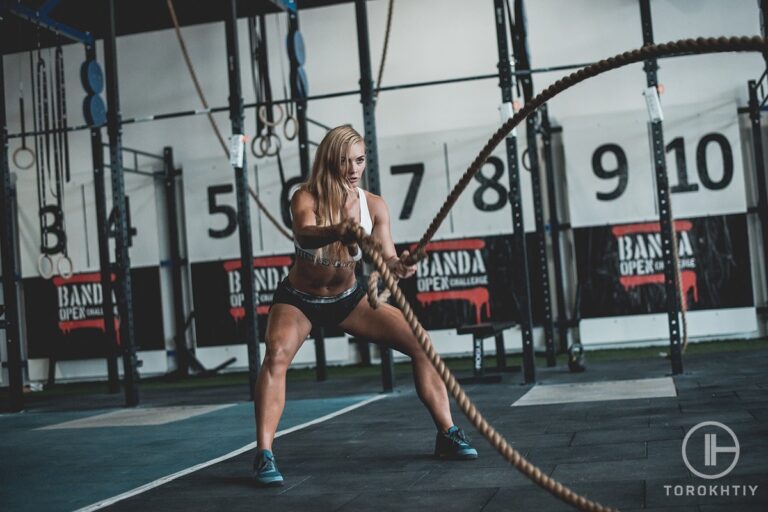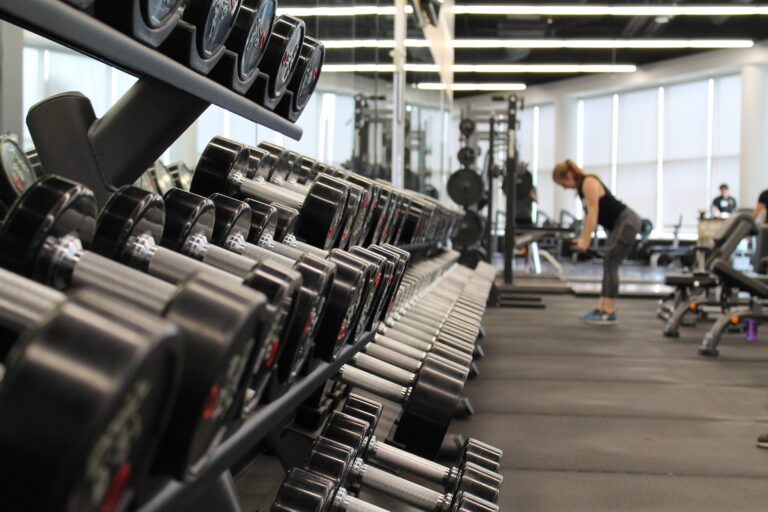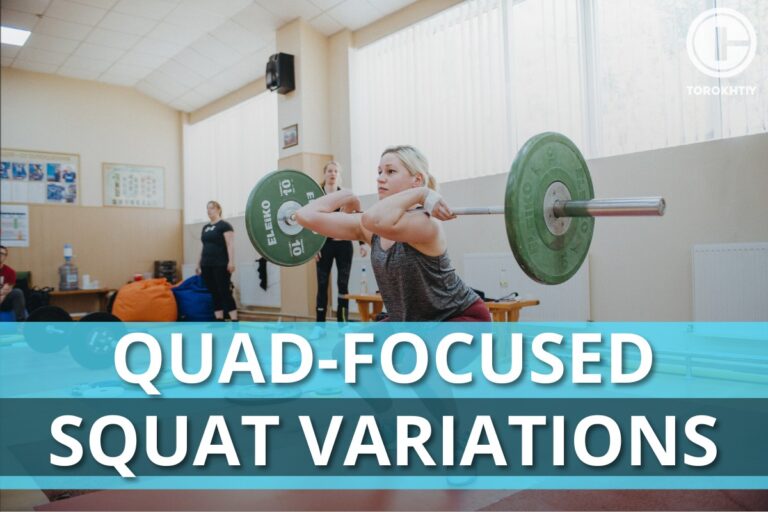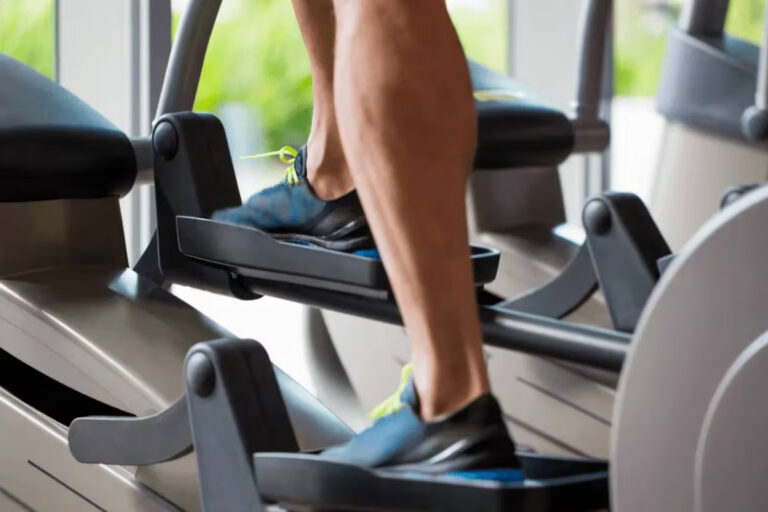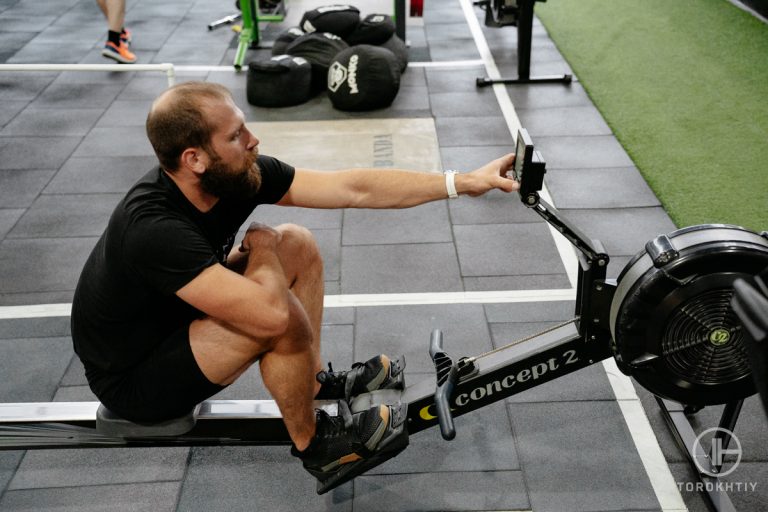How To Avoid Bad Deadlift Form
Bad deadlift form is a significant cause of many gym-related injuries, frequently inflicting substantial injury to a person’s lower back, hips, and knees. This is mostly due to common deadlift mistakes such as wrong foot positioning, inappropriate bar route, and insufficient hip drive. Understanding how to fix deadlift form is critical if you want to increase strength while avoiding the risks associated with bad technique. We will dig into the complexities of good deadlifting in this complete tutorial, assisting you to avoid these typical errors and optimize your gains while keeping your general health and well-being.
Bad deadlift form? Set up correctly with the bar over your midfoot, keep a neutral spine, and drive through your heels to avoid bad deadlift form. Lift with your hips and knees at the same time, completely stretch at the peak, and carefully descend the bar. Lift low weights and focus on form over weight.
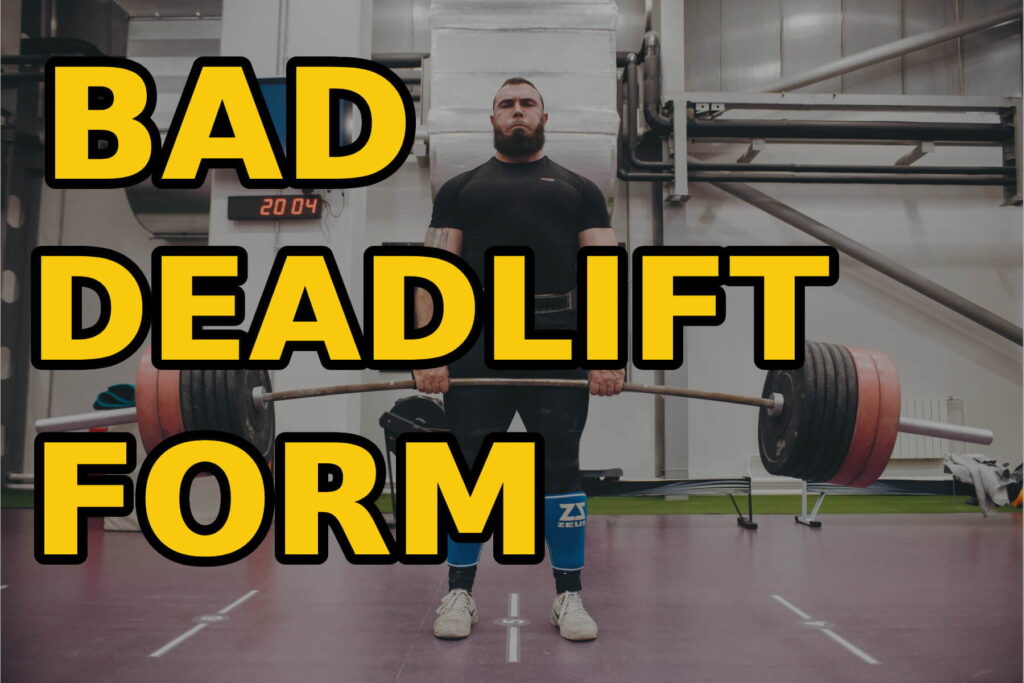
How to Tell if Your Deadlift Form Is Good?
Maintaining proper deadlift form is critical for various reasons. First and foremost, perfect deadlift technique ensures that you are working the correct muscles – principally your glutes, hamstrings, and back – allowing for maximal strength development. Second, correct form reduces the likelihood of damage. Incorrect deadlift hurts lower back because it places unnecessary strain resulting in serious, long-term ailments.
Consider the following crucial elements to determine if your deadlift form is good:
- Bar Path: The barbell should move in a straight line from the bottom to the top of the exercise. This is the shortest path and hence the most efficient one. If the bar is moving away from your body, this might indicate poor form.
- Foot Position: Place your feet hip-width apart, with the bar above the midfoot. If the bar isn’t over your midfoot, or if your stance is excessively wide or tight, this might be an indication of poor form.
- Back and Hip Position: When starting the pull, make sure your back is straight and your hips are not too high or too low. A rounded back or improperly positioned hips can cause injury and are signs of poor form.
- Lockout: Your hips and knees should be completely stretched and your shoulders should be back at the peak of the action. If your shoulders are rounded or you aren’t fully extended, your form has to be adjusted.
Understanding and maintaining perfect form when deadlifting is critical not just for avoiding injury but also for getting the most out of the workout. More details on appropriate deadlift form may be obtained on respected educational or government health and fitness websites.

How Do You Know if Deadlift Form Is Bad?
Recognizing the wrong deadlift form can help you avoid injuries and get the most out of your workout. Several common deadlift mistakes might indicate poor deadlift form:
- Rounded Back: This is a frequent sign of poor posture. A rounded back can place undue strain on your spine, perhaps resulting in serious damage. Throughout the lift, keep your back neutral.
- Incorrect Bar Path: The barbell should go in a straight path from the ground to your hips, close to your body. If the barbell is moving away from your body, this is an indication of poor form.
- Inadequate Foot Position: Your feet should be about hip-width apart, and the bar should be above the center of your foot at the commencement of the lift. You’re committing a typical deadlift error if your stance is too wide, too narrow, or the bar isn’t over your mid-foot.
- Improper Hip and Knee Movement: If your hips rise quicker than your chest or your knees lock out before your hips, you may have improper form. At the peak of the lift, your hips and chest should both rise at the same rate, and your hips and knees should both lock out at the same moment.
- Incomplete Lockout: Your hips and knees should be fully extended and your shoulders should be pushed back at the peak of the lift. Poor form is indicated if you are not completely stretching or if your shoulders are rounded.

You may begin to fix your technique and ensure you’re executing deadlifts safely and successfully if you’re aware of these frequent faults. Consider hiring a professional trainer or coach to give criticism and direction if you’re unsure about your form. To optimize results and minimize injuries, it’s always best to focus on form rather than weight.
The 5 Most Common Deadlift Mistakes Rounding the Back
This is possibly the most prevalent deadlifting error. Some lifters allow their backs to round instead of keeping them in a neutral position, which puts a lot of strain on the spine. This can lead to herniated discs or other significant lower back injuries over time.
1. Incorrect Bar Path
If the barbell is not held close to the body throughout the lift, it might generate a lever that strains the lower back. This inaccuracy might result in lower back strains or sprains.
2. Lifting With the Back Not the Legs
The strength of the legs and hips should drive deadlifts, with the back and upper body providing stability. Lifters who pull with their back instead of driving with their legs risk overworking their lower back muscles, which can lead to strains or other problems.
3. Starting With the Hips Too High
When the hips begin too high, the exercise becomes more of a stiff-legged deadlift, putting extra strain on the lower back. This might result in lower back pain or damage over time.
4. Hyperextending at the Top
Some lifters lean back at the height of the lift, putting a lot of strain on the lower back. This hyperextension can cause lower back discomfort and, in the long run, damage.
How Do You Fix a Bad Deadlift Form?
1. Set Up Correctly
To provide a firm basis, your feet should be hip-width apart in the proper arrangement. To achieve the most efficient lifting route, place the bar above the center of your foot. To avoid your arms from interfering with your knees during the lift, place your hold directly outside your legs. Your shoulders should be slightly in front of the bar, with your shoulder blades exactly above it. This posture produces a stronger pull.
2. Engage Your Core
In every lift, but especially in the deadlift, engaging your core is critical. By stabilizing your stomach, a strong core protects your spine. When you take a deep breath and hold it in, known as the Valsalva maneuver, your intra-abdominal pressure rises, bracing your core and adding stability to your lift.
3. Maintain a Neutral Spine
Lifting safely requires a neutral spine. Throughout the lift, your spine should retain its normal curvature, which means your lower back should not curve or over-arch, which might strain your back muscles and intervertebral discs. Neck strain may be avoided by keeping your neck neutral and in line with the rest of your spine.
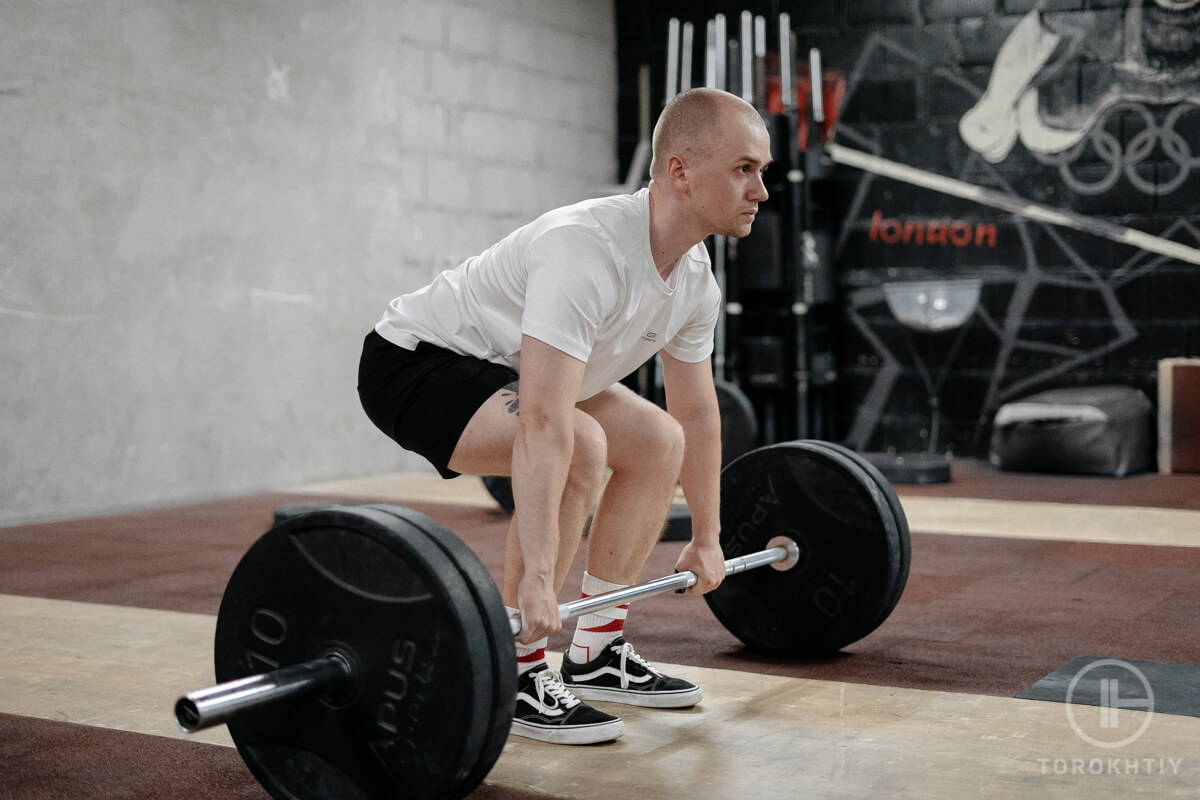
4. Drive Through Your Heels
As you begin to raise the barbell, push through your heels to work the strong muscles of your posterior chain, such as your glutes and hamstrings. This method is more efficient and safer than lifting the weight with your back.
5. Use Your Hips and Knees Equally
As you begin to raise the barbell, push through your heels to work the strong muscles of your posterior chain, such as your glutes and hamstrings. This method is more efficient and safer than lifting the weight with your back.
6. Fully Extend
Your body should make a straight line from your head to your ankles as you reach the peak of the lift. Your hips and knees should be completely extended but not hyperextended, and your shoulders should be back, not slumped forward or pushed back excessively. This is the most secure and powerful position.
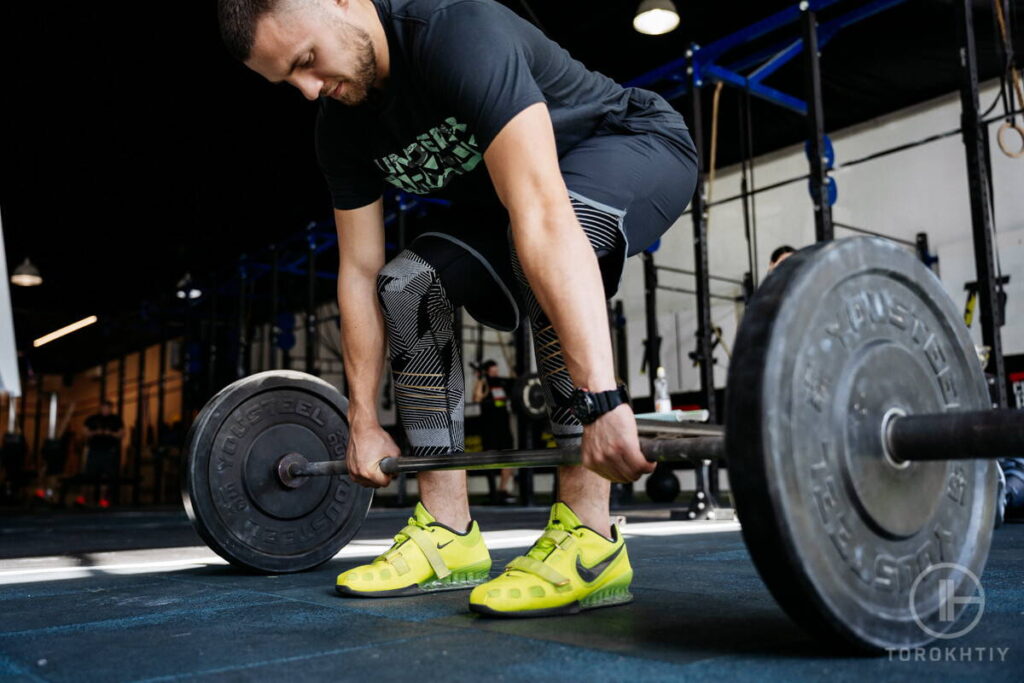
7. Lower the Bar Correctly
Many injuries occur during the lowering part of the operation, so getting this properly is critical. Keep your back straight and push your hips back first. Bend your knees to drop the bar to the floor after it has reached knee level. To reduce tension on your lower back, keep the bar close to your body during the fall.
🔻12-Week Deadlift Strength Program by Oleksiy Torokhtiy
Unlock your true potential with our Deadlift Strength Program!
Designed for athletes by 2-time Olympian Oleksiy Torokhtiy, this 12-week program focuses on enhancing your deadlift strength, strengthening your back and legs.
Program details:
- 12 weeks;
- 3 days / week;
- 45-120 minutes per session;
- 50+ specific exercises;
- Focus on New Result in Deadlift;
- One-time payment, no recuring payments;
- Full access to all training content.
Start now and boost your deadlift results!
FAQ
How to Deadlift Without Back Pain?
Maintain a neutral spine during the deadlift to avoid back strain. Begin by placing the bar over your midfoot, with your shoulders slightly above the bar and your core engaged. Lift with your heels, making sure your hips and chest rise simultaneously. Your hips and knees should fully stretch without overextending at the top. Lower the bar by first moving your hips back and then bending your knees. If you have recurring back pain, reduce your load and get expert help to guarantee good form. To avoid injury, always favor form over weight.
What Happens if You Deadlift With Bad Form?
Deadlifting with poor technique can result in a variety of injuries, the most frequent of which are to the lower back owing to excessive pressure on the spine. This can lead to herniated discs, strains, and sprains. Other possible risks include knee or hip injuries caused by inappropriate joint mobility, as well as neck problems caused by poor head placement. Furthermore, poor form frequently indicates that you are not activating the target muscles adequately, reducing the exercise’s efficacy. To minimize injury and maximize benefits, always prioritize appropriate technique.
Conclusion
Understanding the intricacies of good vs bad deadlift form is critical for preventing injuries and optimizing the efficiency of your training. If you’ve ever had a deadlift that pained your lower back, it might be a symptom of poor technique. You may reduce this soreness while also improving your overall lifting effectiveness by altering your technique. Your path to proper deadlifting is one of ongoing learning and modification. We’d love to hear about your deadlift form improvement experiences, problems, and accomplishments. Please share your experience in the comments section below and join the discussion on this critical issue.
Also read:
- How to Improve Grip Strength for Deadlift
- Barefoot Deadlift
- Is Sumo Deadlift Cheating
- Difference Between Good Morning and Deadlift
- Deadlift on Back or Leg Day
- Deadlift Grip
- Average Male Deadlift
- Deadlift Strength Program
References:
- Low back injury // NIH: https://pubmed.ncbi.nlm.nih.gov /7712553/
- Chronic low back pain // NIH: https://pubmed.ncbi.nlm.nih.gov/ 8844907/
- Effect of an Exercise Program That Includes Deadlifts on Low Back Pain // NIH: https://pubmed.ncbi.nlm.nih.gov/ 33626500/
- Spinal Trauma and Spinal Cord Injury (SCI) // NIH: https://pubmed.ncbi.nlm.nih.gov/ 32119240/
- Acute Physiological Response of Lumbar Intervertebral Discs to High-load Deadlift Exercise // NIH: https://pubmed.ncbi.nlm.nih.gov/ 32879259/
Why Trust Us?
With over 20 years in Olympic Weightlifting, our team does its best to provide the audience with ultimate support and meet the needs and requirements of advanced athletes and professional lifters, as well as people who strive to open new opportunities and develop their physical capabilities with us.
By trusting the recommendations of our certified experts in coaching, nutrition, dietology, and sports training programming, as well as scientific consultants, and physiotherapists, we provide you with thorough, well-considered, and scientifically proven content. All the information given in the articles concerning workout programming, separate exercises, and athletic performance, in general, is based on verified data. We ensure that you can rely on our professionals’ pieces of advice and recommendations that can be treated as personalized ones which will benefit you and fully meet your needs.
The product testing process is described in more detail here
Author: Sergii Putsov
Head of Sport Science, PhD
Best Results: Snatch – 165 kg,
C&J – 200 kg
Sergii Putsov, Ph.D., is a former professional weightlifter and National team member, achieving multiple medals in the 94 kg weight category at national competitions. With a Master’s degree in “Olympic & Professional Sport Training” and a Sport Science Ph.D. from the International Olympic Academy, Greece, Sergii now leads as the Head of Sport Science. He specializes in designing training programs, writing insightful blog articles, providing live commentary at international weightlifting events, and conducting educational seminars worldwide alongside Olympic weightlifting expert Oleksiy Torokhtiy.



